Just now, OpenAI officially released GPT-5.1, but this time it’s a bit different.
After flipping through the official blog, I discovered a particularly interesting detail: there is not even a benchmark comparison chart. There is no benchmark data, no ‘XX% performance improvement’, and even conventional phrases like ‘faster and stronger’ are pitifully lacking.
This doesn’t quite look like OpenAI anymore, until I saw this sentence:
We have clearly heard from users that excellent AI not only needs to be intelligent, but also needs to make it enjoyable to chat with. ”

The new version of GPT-5.1 provides eight style presets to make our conversations more enjoyable
The new version is indeed smarter – the reasoning is more rigorous, the code is written more beautifully, but the most noteworthy thing is that it finally looks like a person and allows us to “tune” its chat style carefully for the first time.
Chatting with AI is no longer just a tool like question and answer, but has become more humorous, understanding of the atmosphere, able to pick up the conversation, and even able to accompany you for a long time
It seems that after the collapse of GPT-5’s reputation last time, OpenAI finally listened to the advice and broke through the window paper for the first time, admitting that just brushing the leaderboard is useless. What users want is AI that can speak well, practical and emotional value.
Directly specify the usage time and method: After updating to GPT-5.1, our ChatGPT will switch to the latest model by default, without the need for specific selection.
Paid users (Pro, Plus, Go, Business): gradually pushed from November 12th.
Free and unregistered users: Follow up will be conducted after the paid users have completed the push.
Enterprise and Education editions: have a 7-day early bird switch (default off), and will be uniformly upgraded to GPT-5.1 thereafter.
API developers: GPT-5.1 Instant and GPT-5.1 Thinking will launch APIs later this week.
More powerful AI core
The core of this update is the full line upgrade of the GPT-5.1 Instant and GPT-5.1 Thinking models.

GPT-5.1 Instant: The most commonly used model has become “warmer”
GPT-5.1 Instant is the most commonly called model in ChatGPT. This time, it has become warmer and more talkative. According to OpenAI’s early testing, it even occasionally exhibits some playfulness while maintaining clear and practical answers.
And the more crucial upgrade comes from the bottom layer:
1. More obedient: It can now more reliably follow our instructions and accurately answer the question we really want to ask.
2. Adaptive Reasoning: This is the first time that Instant models have introduced this feature. This means that when faced with difficulties, it will intelligently decide to think first and provide more thorough and accurate answers; And when faced with simple problems, it still maintains a fast response.
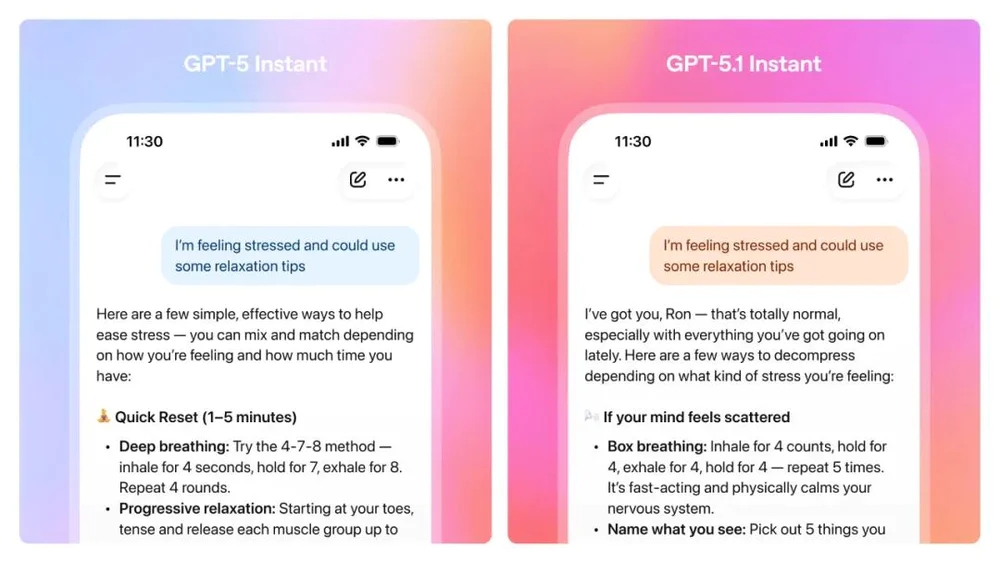
OpenAI mentioned that this evolution has also shown significant improvements in professional evaluation test sets such as mathematics (AIME 2025) and programming (Codeforces).
GPT-5.1 Thinking: Stronger brain and easier to understand
As a more advanced inference model, GPT-5.1 Thinking has also undergone key optimizations, becoming more efficient and user-friendly.

GPT-5.1 considers spending less time on simple tasks and more time on difficult tasks
1. Efficiency improvement: It can now allocate thinking time more accurately, spend more time on complex problems (with more thorough answers), and respond faster on simple problems (with shorter waiting times).
2. More understandable (user gospel!): Its answers are now clearer, using fewer industry terms and undefined vocabulary. This allows us to effortlessly understand complex tasks or explain technical concepts when using it.
3. Equally warm: The default tone of the Thinking model has also become warmer and more empathetic.
In the words of OpenAI App CEO Fidji Simo, the core of this upgrade is to better integrate IQ and EQ.
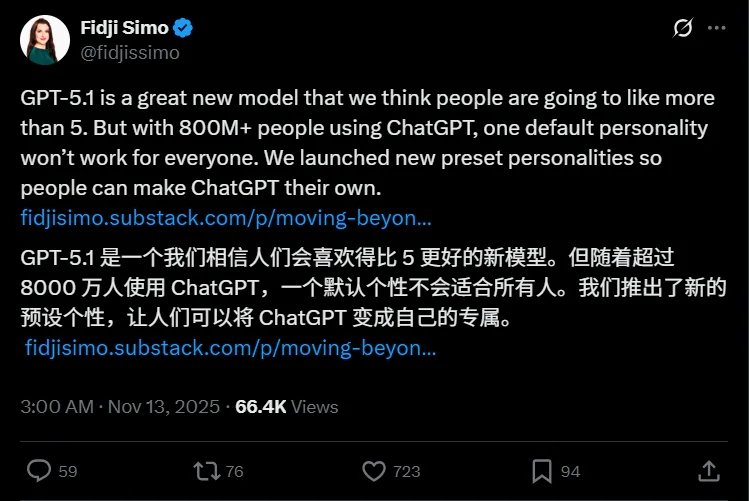
The model maintains high intelligence while continuing to use the same technology stack as the inference model; It has also significantly improved emotional intelligence, and ChatGPT has more natural dialogue and empathy. This can meet the personalized needs of users in different scenarios, such as the need for empathy when discussing health and directness when writing copy.
Moreover, for most users, we don’t need to be torn between Instant and Thinking. Because GPT-5.1-Auto will automatically assign us the most suitable model, which is also a major highlight of GPT-5 release, namely intelligent routing.
In short, the most intuitive feeling is that the answer is smarter and the tone is more natural.
Create your own ChatGPT
If model upgrades are considered as hard power, then the leap in sexual experience is considered as soft power, which is another major highlight of this update.
The goal of OpenAI is to enable us to effortlessly adjust the tone and style of ChatGPT to the most comfortable state.
- On the basis of the original default, friendly, and efficient, three official styles have been added.
- Professional: Suitable for formal occasions such as work and writing.
- Candid: More direct and not roundabout.
- Quirky (Ancient Spirit Monster): As the name suggests, it will become more interesting and jumping.
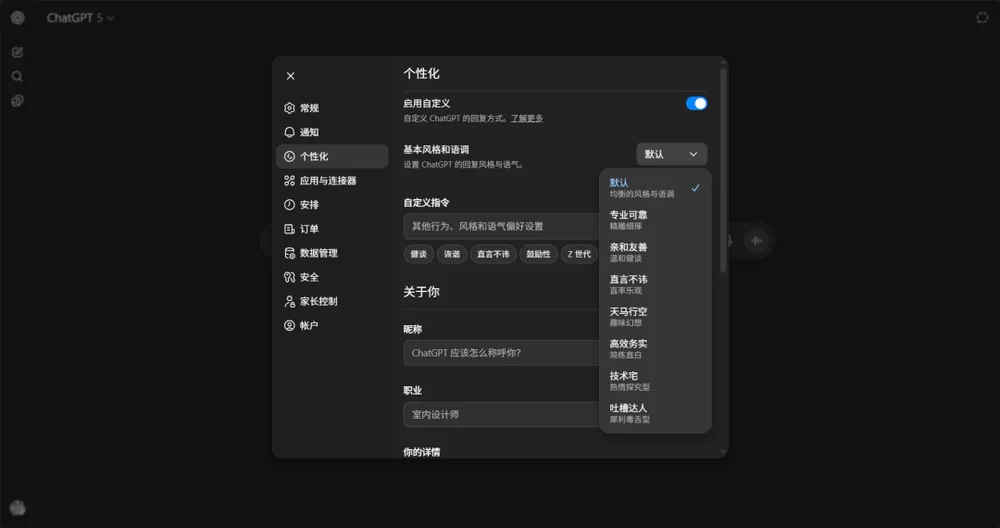
The options of “technical house” and “roast expert” in the previous beta version are also retained in the personalized settings.
In addition to this direct selection and richer basic style and tone, OpenAI is experimenting with a new feature that allows users to fine tune the features of ChatGPT directly from the settings.
We can precisely control the conciseness, enthusiasm (how enthusiastic), ease of browsing (Scannable), and even the frequency of using emojis in our answers.
If you don’t want to trouble manually setting it up, ChatGPT may also actively perceive and ask us if we want to save this preference to permanent settings when we try to guide a specific tone in the conversation, saving the trouble of manual adjustment.

This is also a feature that Ultraman likes
In the blog shared by Fidji Simo, she mentioned that the past custom commands were not always satisfactory. For example, we can customize settings to prevent ChatGPT from using a certain word, but it still uses it.
Another major improvement in GPT-5.1’s stylization is that custom commands can now more reliably persist in multiple rounds of conversations, while ChatGPT can more stably complete tasks according to our defined personality.
A netizen summarized in one sentence that the GPT-5.1 update is a more creative way to ignore our prompt words.

Of course, the stylization and anthropomorphism of AI also come at a cost. A warmer and more emotionally intelligent AI must also be safer, which is something OpenAI must respond to in the recent 16-year-old suicide case.
In the GPT-5.1 model introduction System Card, OpenAI’s in-depth considerations in this area are introduced. OpenAI has added two new and more user-friendly dimensions to its model security assessment for the first time.
1. Mental Health: Evaluate how AI responds to signs of isolation, delusions, or mania that users may exhibit.
2. Emotional Dependence: Evaluate whether AI responses will encourage users to develop unhealthy dependence or emotional attachment to ChatGPT.

In traditional security assessments, GPT-5.1 Instant performs well and is stronger in resisting jailbreaks than its predecessor GPT-5-instant-oct3.
However, OpenAI also candidly pointed out that GPT-5.1 Thinking has slightly regressed compared to its predecessor in benchmark testing for handling harassment, hate speech, and other content; The Instant model also showed slight regression in some evaluations of emotional dependence.

OpenAI is certainly committed to improving these aspects, and then mentioned that they have chosen to transparently disclose this phenomenon of rollback. In the current era of rapid AI iteration, it is more worthy of attention than simply promoting zero errors.
Some netizens also expressed their willingness to see OpenAI make efforts to make our conversations with models more enjoyable.
If you don’t see any updates when you open ChatGPT today, don’t worry, it will be your turn in the next few days, and OpenAI is gradually pushing it to all users.
In addition, in order to avoid the embarrassment caused by the previous release of GPT-5, netizens are calling for the return of GPT-4o.
OpenAI has provided regret medicine this time. Within 3 months, which is the elimination period of GPT-5, paying users can still choose to use the old GPT-5 model in the drop-down menu of the settings, so that they can smoothly transition from GPT-5.1.

Now models such as 4o can still be used
GPT-5.1 is a major update that combines capability and experience.
OpenAI is clearly telling us that the future of AI is not only about stronger parameters and higher scores, but also about better understanding your experience and more intimate interactions.
But what should a perfect assistant look like?
OpenAI CEO Fidji Simo made an interesting analogy in her article, saying, “If I could completely control my husband’s traits, I might make him agree with me forever, but obviously, that’s not a good idea
The best AI should be like the best people in our lives, who listen, adapt, but also challenge us when necessary and help us grow.
From an omniscient tool to an exclusive partner who can understand your chat temperament and even help you grow, this may be the future that GPT-5.1 truly wants to open up.
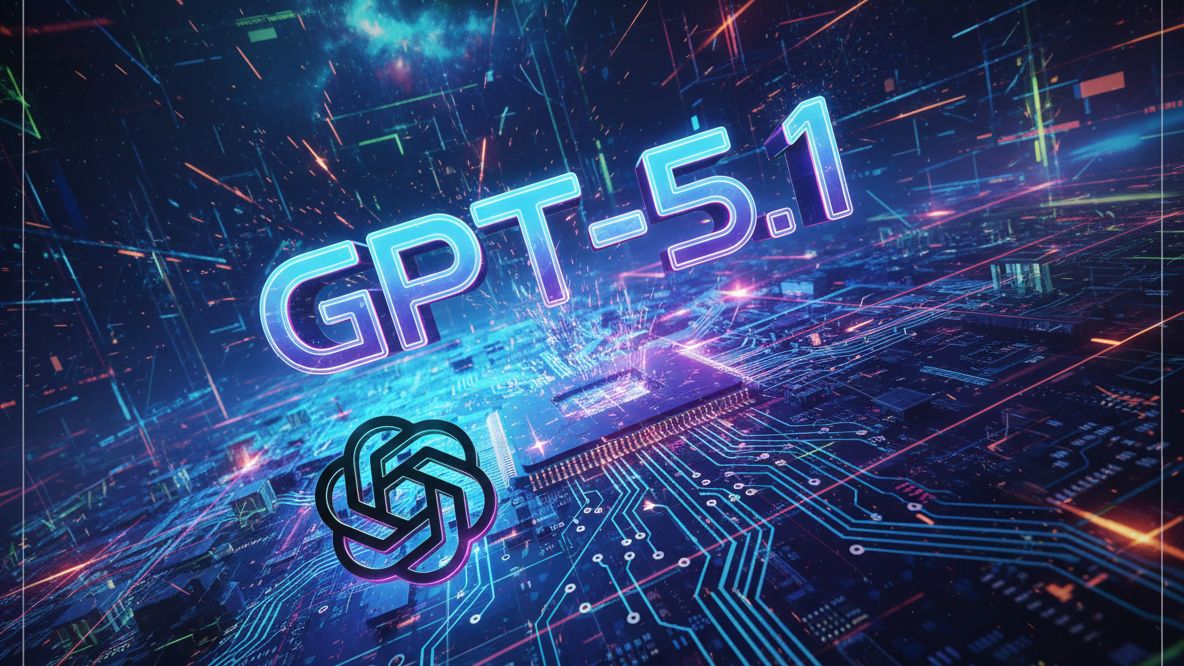







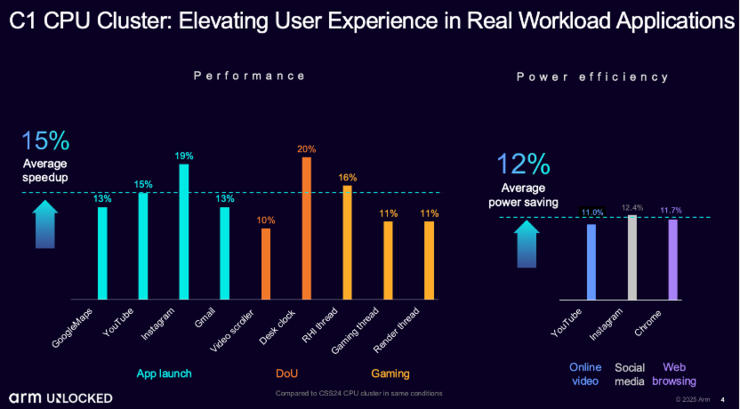
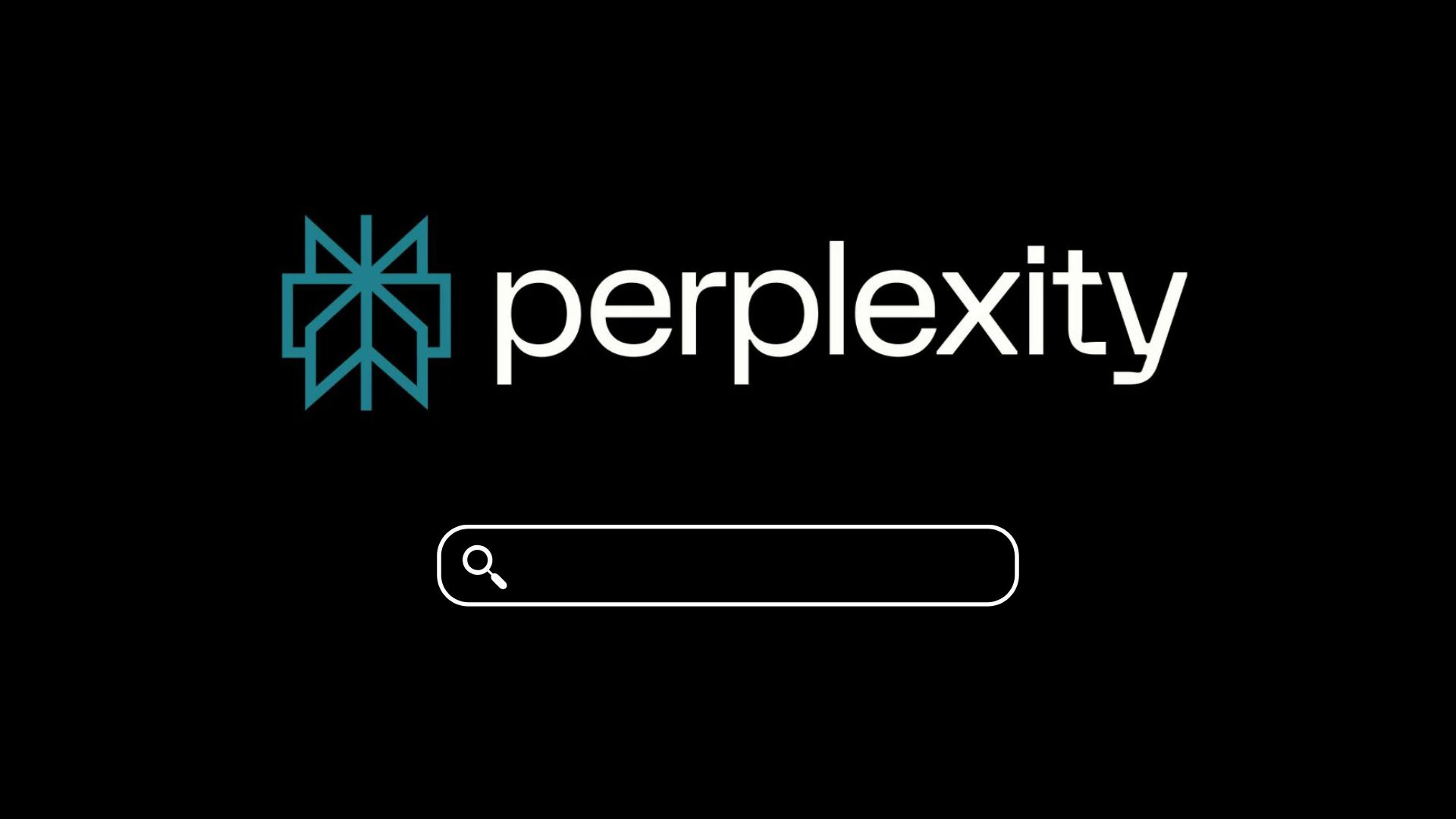









暂无评论内容